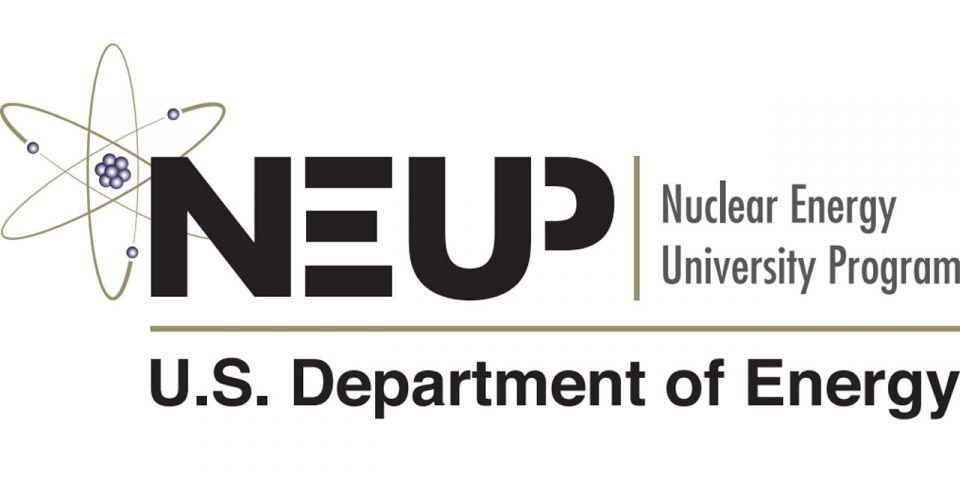ORISE report shows decreases in NE degrees and enrollment numbers
 The recently released 2021–2022 data from the Nuclear Engineering Enrollment and Degrees Survey, prepared by the Oak Ridge Institute for Science and Education (ORISE), might be considered a mix of good news and bad. In 2022, there were 208 doctoral degrees awarded in nuclear engineering in the United States—the most since 1966, when the survey began. However, the overall number of nuclear engineering degrees awarded in 2021 and 2022 was at the lowest level in more than a decade. The results are based on data collected from 34 U.S. universities with nuclear engineering programs.
The recently released 2021–2022 data from the Nuclear Engineering Enrollment and Degrees Survey, prepared by the Oak Ridge Institute for Science and Education (ORISE), might be considered a mix of good news and bad. In 2022, there were 208 doctoral degrees awarded in nuclear engineering in the United States—the most since 1966, when the survey began. However, the overall number of nuclear engineering degrees awarded in 2021 and 2022 was at the lowest level in more than a decade. The results are based on data collected from 34 U.S. universities with nuclear engineering programs.




